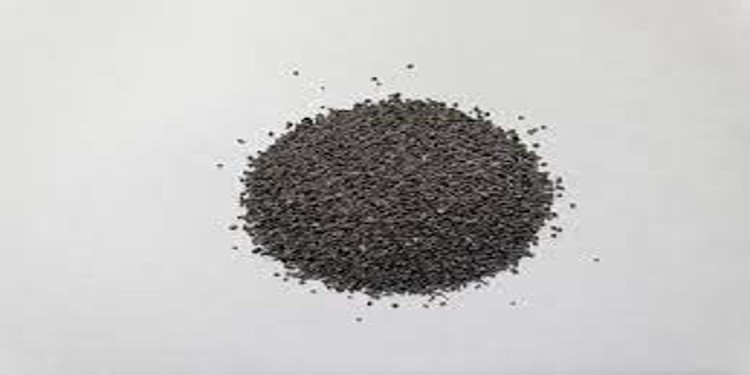In news– Researchers at IIT-Madras have found that supercritical carbon dioxide can be a good agent for simultaneous carbon dioxide sequestration.
Key findings-
- Apart from simultaneous carbon dioxide sequestration SCD can be a good agent for enhanced oil recovery (EOR) from depleted reservoirs when the gas is used along with surfactants in a ‘surfactant-alternating gas (SAG) injection’ approach. (Above a certain temperature and pressure, carbon dioxide acquires properties that are midway between gas and liquid — denser and easy to pump — known as supercritical state.)
- In this process, carbon dioxide gas is injected in the reservoir, where it becomes supercritical, followed by injection of water or surfactant solution.
- The study shows that the use of supercritical carbon dioxide for EOR resulted in greater storage of carbon dioxide for both water-alternating gas (WAG) and SAG approaches.
- However, SAG performed better at all pressures and temperatures as surfactant solution alters the interfacial tension between the oil and water phases, leading to a higher oil recovery percentage and more effective storage of carbon dioxide.
- The researchers also found that the reservoir pressure and temperature had a strong effect on the flow dynamics.
- This method not only promises improved recovery of oil but also safe, enhanced, and permanent storage of carbon dioxide gas emitted from human and other anthropological activities, for both WAG and SAG approaches
- The use of supercritical carbon dioxide reduces oil viscosity, induces in situ swelling of the oil, and reduces the interfacial tension of the in-situ fluid system.
What is supercritical carbon dioxide?
- Supercritical carbon dioxide (CO2) is a fluid state of CO2 where it is heated and held at or above its critical temperature and pressure.
- In this supercritical phase, CO2 exhibits properties and behaviors between that of a liquid and a gas.
- In particular, supercritical CO2 possesses liquid-like densities with gas-like diffusivity, surface tension and viscosity.
- When CO2 exceeds temperatures of 31.1°C(87.9°F) and is subjected to pressures above 7.39 MegaPasca ( 1071 psi), it enters the supercritical phase.
- This phase of CO2 is commonly used as a solvent in chemical extraction processes due to its high solubility, low toxicity and minimal net effect on the environment.
Source: Hindu Businessline














